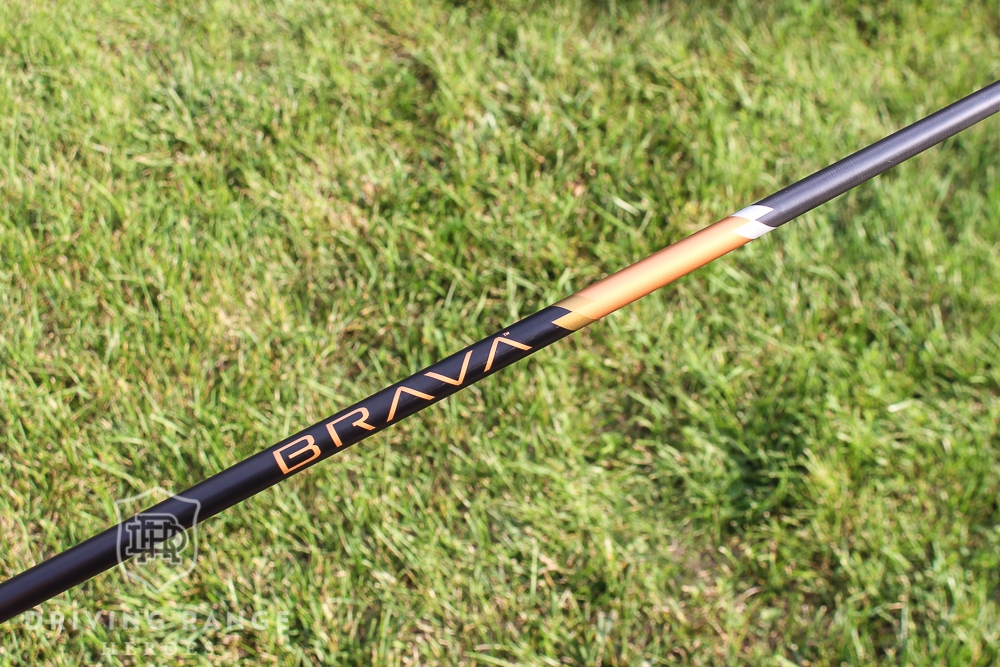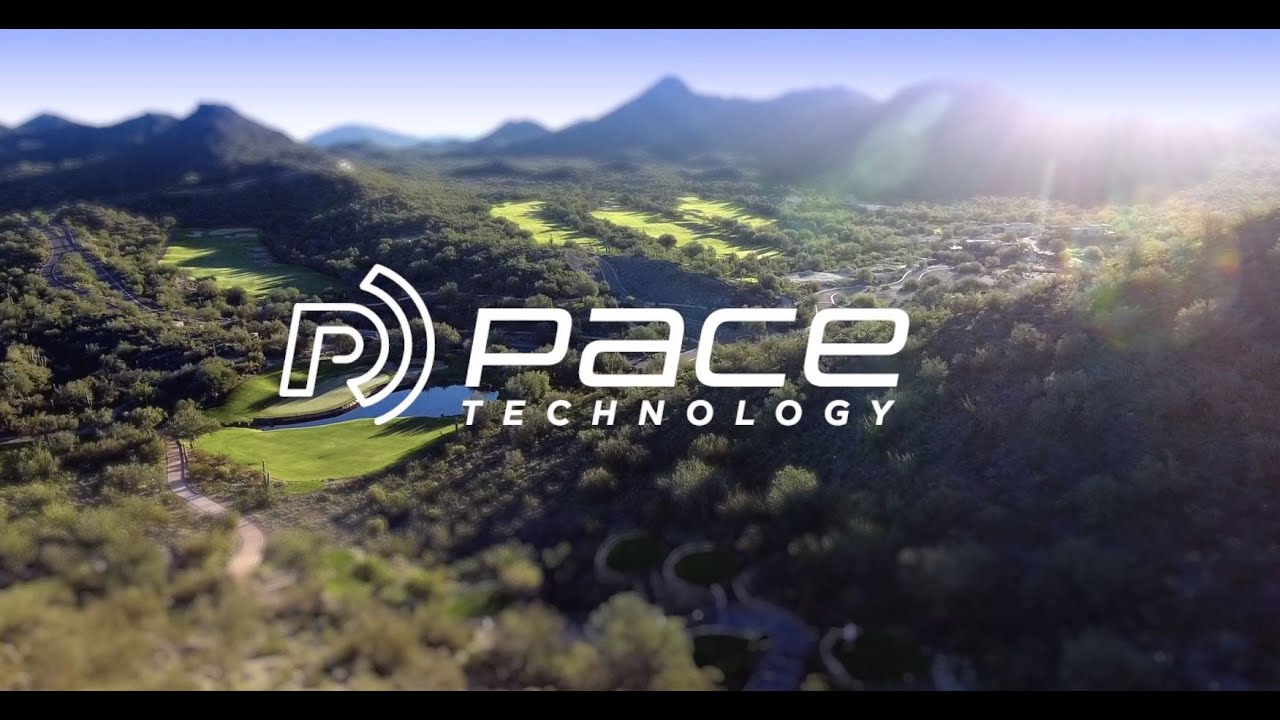Pace Technology: Revolutionizing Golf
Pace technology golf has revolutionized the way the game is played and trained. From swing analysis to GPS tracking, pace technology offers golfers of all levels valuable insights and tools […]
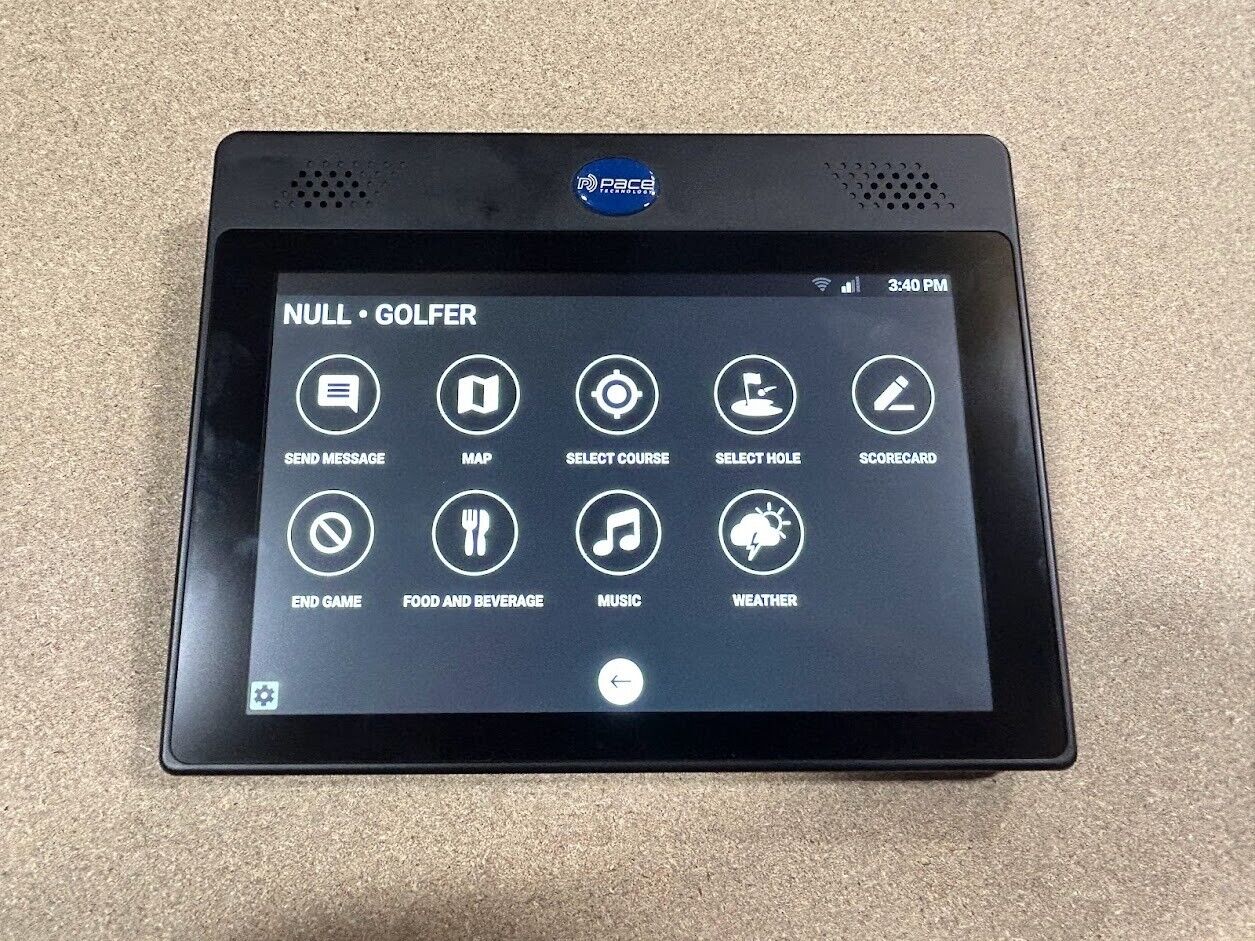
Pace technology golf has revolutionized the way the game is played and trained. From swing analysis to GPS tracking, pace technology offers golfers of all levels valuable insights and tools to improve their performance. This technology has not only transformed the game for individuals but also impacted the industry as a whole, influencing course design, accessibility, and economic growth.
This article will explore the various types of pace technology used in golf, highlighting their benefits for both amateur and professional golfers. We will also delve into the impact of this technology on the golf industry and discuss future trends and potential challenges.
Types of Pace Technology in Golf
Pace technology in golf refers to devices and systems designed to help golfers improve their game by providing accurate information about the speed and distance of their shots. This technology has revolutionized the way golfers approach the game, allowing them to make more informed decisions and ultimately play better.
Pace of Play Technology
Pace of play technology aims to streamline the golfing experience by ensuring games are played at a reasonable pace. These technologies help manage the flow of players on the course, reducing waiting times and improving overall enjoyment.
- Pace of Play Apps: These apps track player movement and provide real-time updates on the pace of play. They often include features like group tracking, pace recommendations, and even the ability to report slow play. Popular examples include the Golf Genius app and the Arccos Caddie app.
- Course Management Systems: These systems are used by golf courses to manage tee times, monitor player progress, and identify potential slow play issues. They can provide valuable data for optimizing course operations and ensuring a smooth flow of play. Examples include the Tee Time Manager system and the GolfLogix platform.
Shot Tracking Technology
Shot tracking technology allows golfers to accurately measure the distance and trajectory of their shots, providing valuable insights for improving their game. This technology has become increasingly popular in recent years, offering golfers a more precise and data-driven approach to practice and play.
- GPS Devices: These devices utilize satellite technology to provide accurate distances to the green and other points on the course. They often include features like hazard warnings, green view maps, and even shot tracking capabilities. Popular examples include the Garmin Approach S62 and the Bushnell Tour V5.
- Rangefinders: These devices use laser technology to measure the exact distance to a target, providing golfers with highly accurate distance information for their shots. Rangefinders are particularly useful for measuring distances to greens, hazards, and other points on the course. Popular examples include the Nikon Coolshot Pro II and the Leupold GX-5i2.
- Swing Analyzers: These devices track and analyze various aspects of a golfer’s swing, providing detailed feedback on swing mechanics, clubhead speed, and ball flight. This data can be used to identify areas for improvement and refine a golfer’s swing technique. Popular examples include the SkyTrak Launch Monitor and the Swing Catalyst system.
- Wearable Sensors: These sensors are worn by golfers during play and track various metrics, such as clubhead speed, swing path, and ball speed. This data can be used to provide insights into a golfer’s swing and performance. Popular examples include the Arccos Caddie Smart Sensors and the Shot Scope V3.
Putting Technology
Putting technology focuses on improving a golfer’s putting accuracy and consistency. These devices and systems provide real-time feedback and guidance, helping golfers develop a more precise and confident putting stroke.
- Putting Analyzers: These devices track and analyze a golfer’s putting stroke, providing feedback on alignment, tempo, and ball roll. This data can be used to identify areas for improvement and refine a golfer’s putting technique. Popular examples include the PuttView Putting Analyzer and the BodiTrak Putting Mat.
- Putting Aids: These aids provide visual or physical guidance to help golfers align their putts correctly and develop a consistent stroke. Examples include alignment sticks, putting mirrors, and putting guides.
- Smart Putters: These putters incorporate technology to provide feedback on the golfer’s stroke, such as ball speed, impact location, and face angle. This data can be used to improve putting accuracy and consistency. Popular examples include the Odyssey Stroke Lab Black Putter and the TaylorMade Spider X Putter.
The Impact of Pace Technology on the Golf Industry

Pace technology has revolutionized the golf industry, impacting various aspects, from course design and management to player accessibility and economic implications. The adoption of pace technology has led to a significant shift in how golf courses are designed, managed, and experienced.
The Influence of Pace Technology on Golf Course Design and Management
Pace technology has influenced golf course design and management by enabling more efficient and data-driven approaches. This has resulted in several key changes:
- Improved Course Maintenance: Pace technology provides real-time data on course conditions, such as soil moisture, grass health, and weather patterns. This data helps course managers optimize maintenance practices, ensuring consistent playing surfaces and reduced costs. For instance, using sensors to monitor soil moisture levels allows for targeted irrigation, minimizing water waste and maximizing resource efficiency.
- Enhanced Course Design: Pace technology facilitates the creation of more engaging and playable courses. By analyzing player data, designers can understand how golfers interact with the course, leading to the development of more strategic layouts and challenging holes. This can involve incorporating features that promote pace of play, such as wider fairways, strategic bunkering, and innovative green designs.
- Increased Course Accessibility: Pace technology has made golf courses more accessible to a wider range of players. For example, GPS-enabled devices and apps provide detailed course information, allowing golfers to navigate the course independently, even without a caddy. This accessibility is particularly beneficial for beginners and those with disabilities who may find traditional navigation methods challenging.
The Role of Pace Technology in Promoting Accessibility and Inclusivity in Golf, Pace technology golf
Pace technology has played a significant role in promoting accessibility and inclusivity in golf. Here are some key aspects:
- Improved Accessibility for People with Disabilities: Pace technology allows individuals with disabilities to participate in golf more readily. For example, GPS-enabled devices and apps can provide visual and auditory guidance for navigating the course, aiding those with visual impairments. Similarly, motorized golf carts with pace technology can help individuals with mobility limitations enjoy the game.
- Enhanced Learning and Training: Pace technology provides tools for personalized instruction and skill development. For instance, apps and devices can track shot data, providing insights into swing mechanics and performance metrics. This data-driven approach enables golfers to identify areas for improvement and tailor their practice sessions accordingly.
- Increased Participation in Adaptive Golf: Pace technology has fostered the growth of adaptive golf, a version of the sport designed for individuals with disabilities. Devices like adaptive golf carts and specialized equipment can help people with various disabilities participate in the game, promoting inclusivity and enjoyment.
The Economic Impact of Pace Technology on the Golf Industry
Pace technology has the potential to significantly impact the golf industry’s economic landscape:
- Increased Revenue Generation: Pace technology can attract new players and increase participation rates, leading to higher revenue for golf courses. For example, the ease of navigation and personalized instruction provided by pace technology can make the game more appealing to younger generations and beginners.
- Improved Efficiency and Cost Savings: Pace technology allows for optimized course management, reducing maintenance costs and increasing operational efficiency. This can free up resources for other investments, such as improving amenities or offering new services.
- Enhanced Customer Experience: Pace technology can enhance the customer experience by providing personalized information and interactive features. This can lead to increased satisfaction and loyalty, attracting more players and boosting revenue.
Future Trends in Pace Technology for Golf: Pace Technology Golf
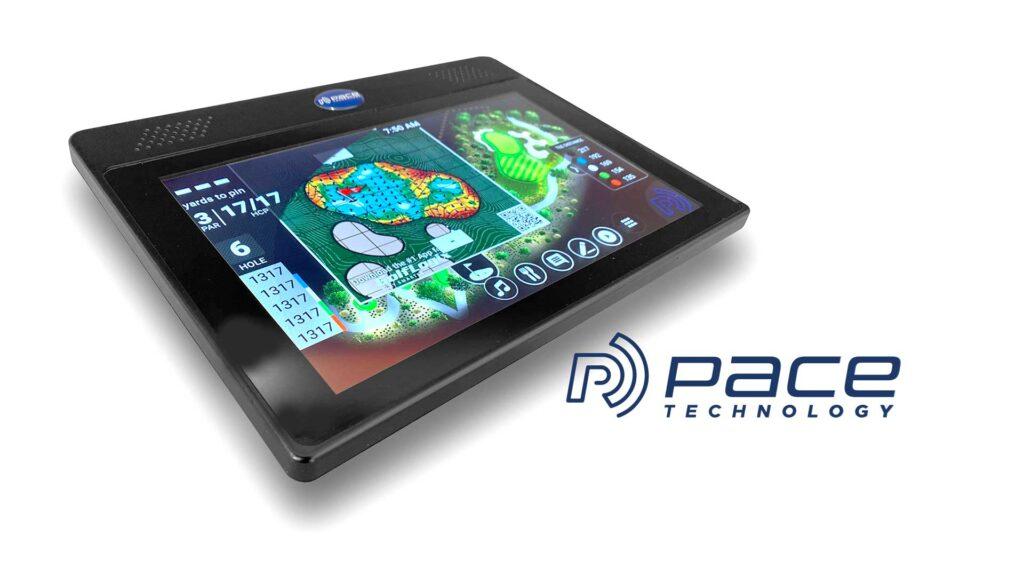
The world of golf technology is constantly evolving, with pace technology at the forefront of innovation. As we move forward, we can expect to see even more sophisticated and impactful pace technology solutions emerging, revolutionizing the way we play and experience the game.
Future Developments in Pace Technology
Future pace technology will likely focus on enhancing player experience, improving course management, and fostering a more inclusive and accessible golfing environment.
- Real-time Course Conditions: Imagine a future where golfers have access to real-time information about course conditions, such as wind speed and direction, temperature, and even the moisture levels of the greens. This information, delivered through wearable devices or smartphone apps, would empower golfers to make more informed decisions on the course.
- Personalized Pace Recommendations: Advanced pace technology could analyze a golfer’s swing data, playing style, and course conditions to provide personalized pace recommendations for each shot. This would help golfers optimize their performance and make the most of their abilities.
- Augmented Reality (AR) Integration: AR technology could overlay virtual information onto the real-world golfing environment, providing golfers with real-time insights. Imagine seeing the optimal trajectory of your shot overlaid on the course or having virtual markers indicating the best landing spots.
Hypothetical Pace Technology Product: “The Golf Caddie”
Imagine a futuristic pace technology product called “The Golf Caddie.” This wearable device, resembling a smartwatch, would seamlessly integrate with a golfer’s smartphone and provide a range of features:
- Personalized Pace Recommendations: Using AI algorithms, The Golf Caddie would analyze a golfer’s swing data and course conditions to provide personalized pace recommendations for each shot. This would help golfers optimize their performance and make the most of their abilities.
- Real-time Course Information: The Golf Caddie would provide real-time updates on course conditions, such as wind speed and direction, temperature, and even the moisture levels of the greens. This would empower golfers to make more informed decisions on the course.
- Augmented Reality (AR) Integration: The Golf Caddie would leverage AR technology to overlay virtual information onto the real-world golfing environment. Golfers could see the optimal trajectory of their shot overlaid on the course or have virtual markers indicating the best landing spots.
- Social Integration: The Golf Caddie would enable golfers to connect with friends and family on the course, share scores, and even compete in virtual challenges. This would enhance the social aspect of the game and create new opportunities for engagement.
Ethical Considerations and Challenges
While the future of pace technology in golf holds immense potential, it’s crucial to consider the ethical implications and potential challenges associated with its advancement.
- Privacy Concerns: Pace technology could potentially collect vast amounts of personal data, raising concerns about privacy. Ensuring the responsible collection and use of data will be paramount.
- Fairness and Accessibility: As pace technology becomes more sophisticated, it’s important to ensure fairness and accessibility for all golfers, regardless of their skill level or budget. This could involve developing tiered solutions that cater to different needs and preferences.
- Impact on the Spirit of the Game: Some argue that pace technology could potentially undermine the traditional spirit of the game by relying too heavily on technology and diminishing the role of skill and intuition. It’s essential to strike a balance between innovation and preserving the core values of golf.
Last Point
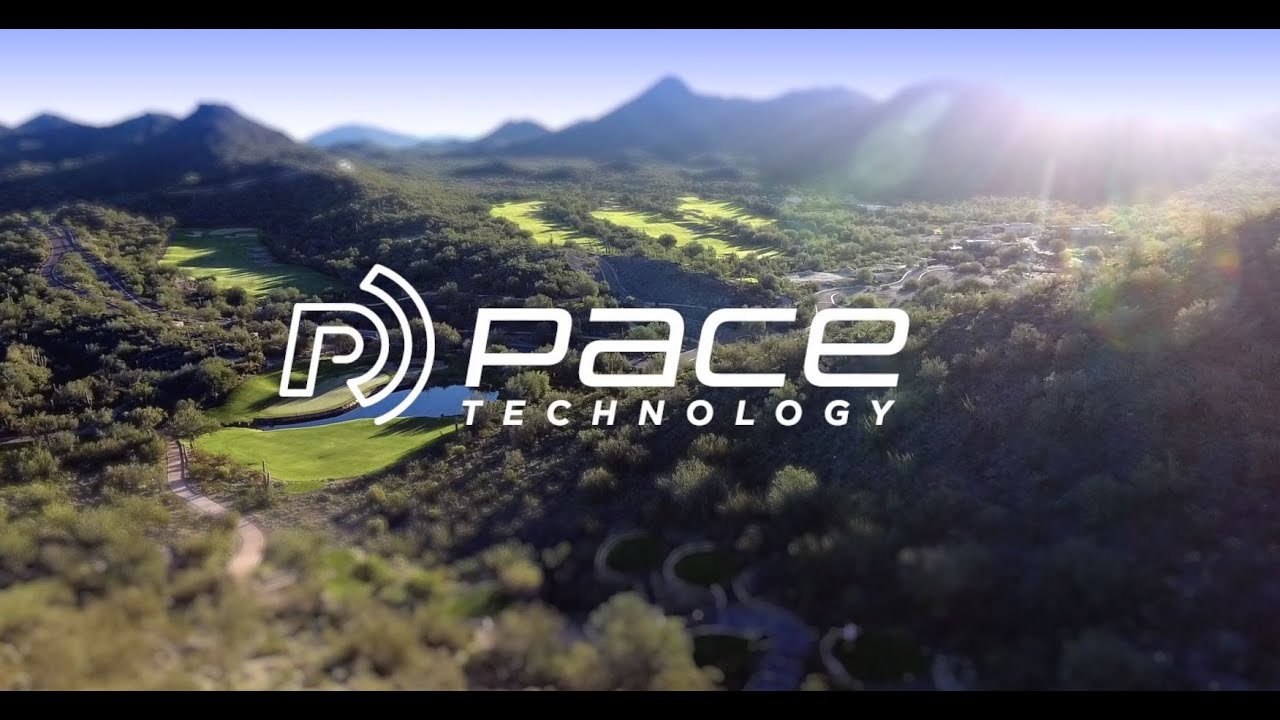
Pace technology has become an integral part of the modern golf experience, offering golfers an unprecedented level of data and analysis to enhance their game. As technology continues to advance, we can expect even more innovative tools and applications to emerge, further shaping the future of golf and providing golfers with a more enjoyable and rewarding experience.
Pace Technology has revolutionized the golf industry with its innovative GPS devices, but their commitment to safety extends beyond the fairway. They recognize the importance of security for both players and staff, which is why they often recommend using reliable security solutions like the halo technologies body camera for on-course personnel.
This type of technology ensures peace of mind and helps create a safer environment for everyone involved in the game.
